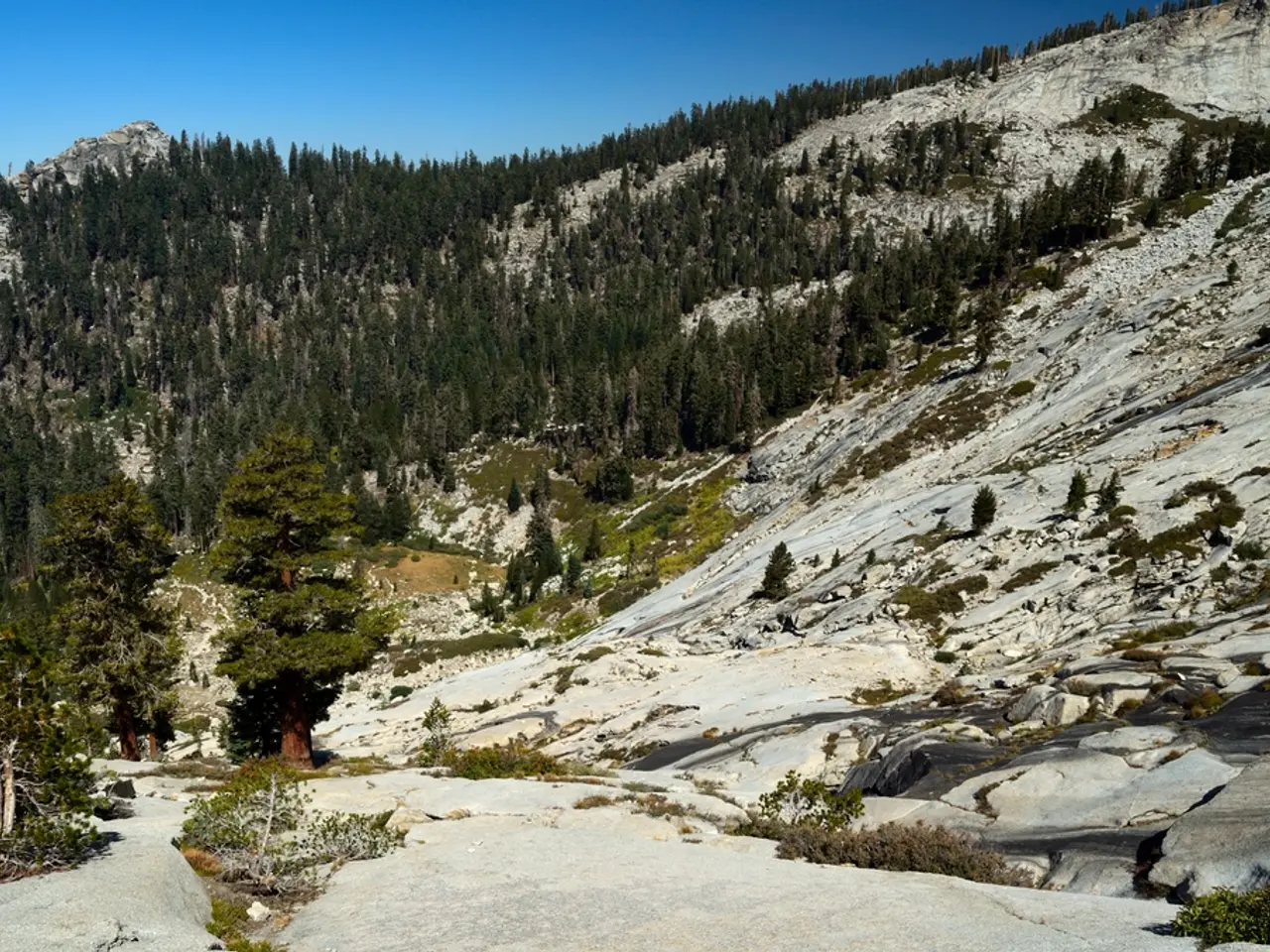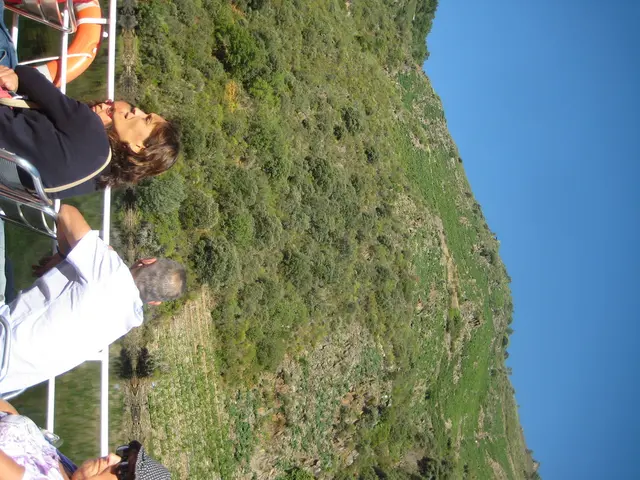A Difficult Trek Yields the Highest American Lake, Revealing Breathtaking Alpine Landscapes
In the heart of Colorado's Tenmile Range and White River National Forest lies Pacific Tarn, a glacial lake famed for being the highest officially named lake in the United States, sitting at around 13,420 feet. Here's a guide to help you navigate the trails leading to this breathtaking destination.
For those aiming to reach Pacific Tarn, the best and most popular trail is the Quandary Peak Trail. Starting near Breckenridge, this trailhead is located on Mount Quandary Road. The hike ascends approximately 6 miles and is considered a strenuous but straightforward route with a well-defined trail.
The journey takes hikers through forest and alpine tundra, passing several false summits before reaching Pacific Tarn, which is situated just below the summit ridge on the east side. This trail is highly frequented by hikers aiming for the tarn or the summit of Quandary Peak, Colorado's 14er.
If you're looking for a more challenging hike, the Atlantic Peak and Pacific Peak Trail might be the one for you. Starting from the Mayflower Gulch Trailhead, this trail offers beautiful views through pine and aspen forests. Many hikers recommend climbing Pacific Peak first due to the difficult descent with loose scree and rockfall.
The Spruce Creek Trailhead is the starting point for the Mohawk Lake to Pacific Peak and Crystal Peak trail, another strenuous loop. This trail offers a different perspective of Pacific Tarn and the surrounding peaks.
It's worth noting that for visitors to McCullough Gulch or Quandary Peak from June 14 to September 14, reservations for parking or a shuttle are required. The shuttle from Breckenridge to the Quandary Peak parking lot, with a transfer up to McCullough Gulch, can be booked at hikequandary.com.
For those seeking more detailed trail maps or elevation profiles, consulting a guidebook specific to Colorado 14ers or using topographic maps (available on sites like CalTopo or AllTrails) is recommended.
Pacific Tarn measures 560 feet long by 464 feet wide, with a maximum depth of 28 feet. Once you reach the tarn, you'll find it to be a perfect destination for extreme swimming at the top of the world.
In conclusion, whether you're an experienced climber or a nature enthusiast, the trails leading to Pacific Tarn offer a unique and challenging hiking experience. So, pack your gear, and get ready to explore one of Colorado's hidden gems!
Embracing the trail to Pacific Tarn provides an opportunity to blend a thrilling lifestyle with unforgettable travel experiences. For the adventurous, the Atlantic Peak and Pacific Peak Trail or the Mohawk Lake to Pacific Peak and Crystal Peak trail offer not just a hike, but a demanding and rewarding mountain adventure.




